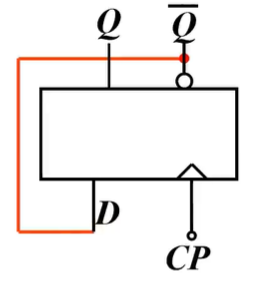基础详解-part1
import torchx=torch.arange(12)
x
x.shape
x.numel() #数组中元素的总数
# 修改形状
x.reshape(3,4)
torch.zeros((2,3,4))
# 两层,三行,四列
print(torch.tensor([[2,1,4,3],[1,2,3,4],[4,3,2,1]]).shape)#二维# 两个框表示二维,三个表示三维
print(torch.tensor([[[2,1,4,3],[1,2,3,4],[4,3,2,1]]]).shape)#三维
标准算术运算
x=torch.tensor([1.0,2,4,8])
y=torch.tensor([2,2,2,2])
print(x+y)
print(x-y)
print(x*y)
print(x/y)
print(x**y) #x的y阶
print(torch.exp(x)) #计算输入张量x中每个元素的指数值;通俗讲是e的x次方(e大约等于2.71828) # 多个张量连接
x=torch.arange(12,dtype=torch.float32).reshape((3,4))
y=torch.tensor([[2.0,1,4,3],[1,2,3,4],[4,3,2,1]])
torch.cat((x,y),dim=0),torch.cat((x,y),dim=1)
#torch.cat((x, y), dim=0):在第0维(行)上拼接 x 和 y。这将创建一个6行4列的张量,其中前3行是 x,后3行是 y。
# torch.cat((x, y), dim=1):在第1维(列)上拼接 x 和 y。这将创建一个3行8列的张量,其中前4列是 x,后4列是 y。x.sum()
广播机制:广播允许在某些情况下,即使数组或张量的形状不完全相同,也可以进行元素级的运算
a=torch.arange(3).reshape((3,1))
b=torch.arange(2).reshape((1,2))
print(a,b)
print(a+b)x[-1],x[1:3]
x[1,2]=9
x
x[0:2,:]=12
x
内存问题
#id()类似于指针
before=id(y)
y=y+x
id(y)==before
z=torch.zeros_like(y)
print('id(z):',id(z))
z[:]=x+y
print('id(z):',id(z))
before=id(x)
x+=y
id(x)==before
numpy
a=x.numpy()
b=torch.tensor(a)
type(a),type(b)
# 将大小为1的张量转换为python标量
a=torch.tensor([3.5])
a,a.item(),float(a),int(a)
# a.item():将张量中的单个元素转换为Python的标量值











